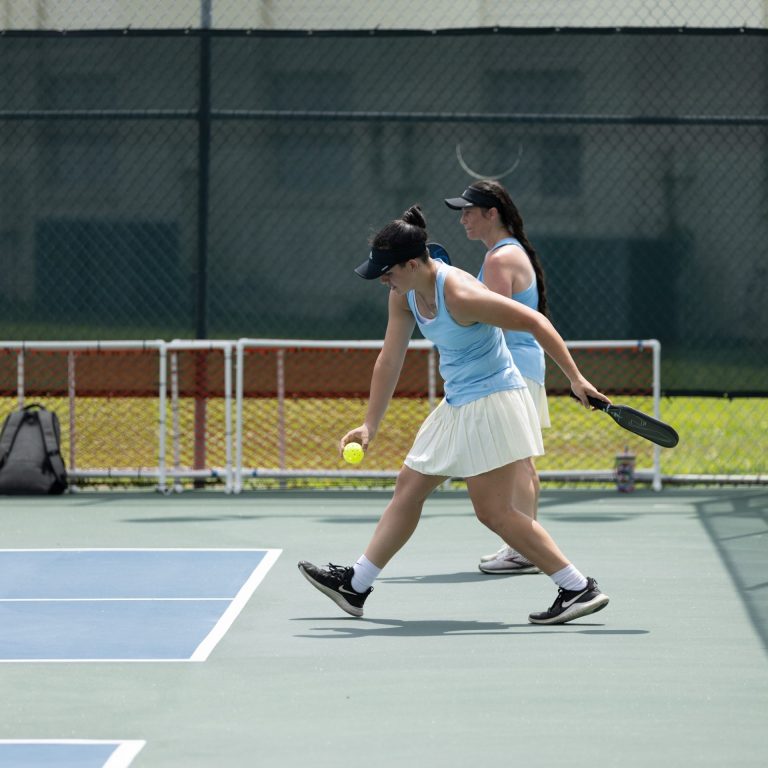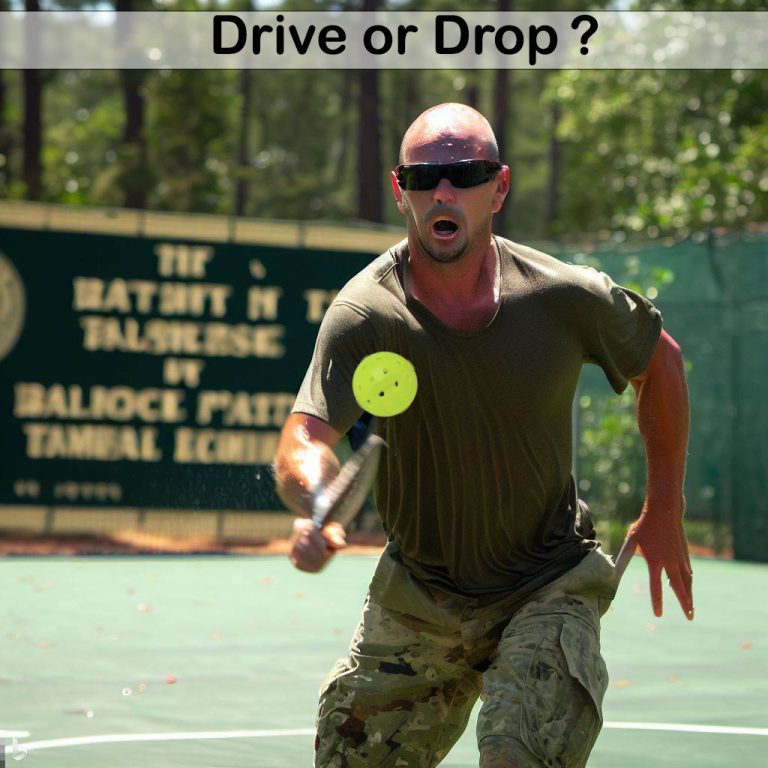Pickleball Partner Communication
Pickleball Partner Communication: A Comprehensive Guide for Players
Welcome to the definitive guide on pickleball partner communication! Enhance your game with effective strategies. As the popularity of pickleball continues to surge, understanding the nuances of communication between partners becomes increasingly crucial. This guide will explore the various dimensions of effective communication that can elevate your gameplay and foster a deeper connection with your partner.
Firstly, it’s essential to recognize that successful communication extends beyond mere tactics and into the realm of psychology and mutual respect. Establishing a rapport and maintaining open channels of communication not only improves coordination but also builds trust and morale, essential ingredients for any winning team. Moreover, adapting communication styles to match your partner’s preferences and comfort level can significantly enhance the effectiveness of your interactions.
In addition to covering basic verbal and non-verbal strategies, this guide delves into the importance of pre-game planning and in-game adjustments. These strategies are vital for synchronizing movements and strategies, ensuring that both partners are always on the same page. We’ll also discuss how to handle common communication barriers and missteps that can occur in the heat of the game, providing practical solutions to overcome these challenges.
By the end of this guide, you’ll have a robust toolkit of communication techniques that will not only improve your pickleball performance but also enrich your overall experience on the court. So, let’s dive in and explore how effective partner communication can transform your pickleball game.
Understanding Hand Signals in Pickleball
Mastering hand signals significantly boosts your on-court coordination. Discover the most essential signals:
- Open Palm (The Switch): A signal to switch positions with your partner.
- Fist (The Stay): Indicates no switch; maintain current positions.
- Open & Close (The Faker): A deceptive signal to confuse the opposition.
- Pointing Upwards/Downwards: Designates balls as “in” or “out.”
Verbal Communication on the Pickleball Court
Verbal cues streamline decision-making during games. Key phrases include:
- Saying “mine” or “yours” prevents collisions and clarifies responsibilities.
- “Leave it!” advises partners to let a ball go out of bounds.
- Discuss tactics and provide encouragement during game breaks.
- Clearly announce the score before serving to keep both partners informed.
Tips for Effective Pickleball Partner Communication
Effective communication is the backbone of any successful pickleball duo. Enhance your synergy with these tips:
- Create a shared vocabulary for quick and clear exchanges.
- Regular practice sessions help refine and synchronize communication.
- Maintain a positive attitude, especially following mistakes.
- Regular strategy discussions can pinpoint areas for improvement.
Designating a Caller: A Strategic Advantage in Matches
Assigning one partner to make critical calls can reduce confusion and improve response times:
- Clarity and Decision Making: Designated callers streamline communication, enhancing focus and strategy execution.
- Reduced Conflicts: This approach minimizes misunderstandings and disputes over ball handling.
- Increased Efficiency: With clear roles, teams can execute strategies more effectively.
Agree on this strategy before the game, considering both players’ strengths and preferences.
The Role of Non-Verbal Cues in Pickleball
Non-verbal cues are often as impactful as verbal ones. Here’s how to use them effectively:
Eye contact can silently affirm strategies or intentions, providing a quick and silent agreement between partners during the fast-paced game. It serves as a crucial component, especially in loud environments where verbal cues might be missed.
Facial expressions and body posture can communicate readiness and strategic thoughts. A confident stance or a determined look can boost morale and signal your proactive approach to your teammate. Additionally, subtle nods or shakes of the head can quickly convey agreement or disagreement with a proposed tactic without any verbal communication.
Hand gestures also play a significant role in non-verbal communication. A well-timed gesture can direct your partner’s attention to a specific area of the court or signal a planned shot type. For instance, a quick point towards the back of the court can alert your partner to prepare for a deep shot, optimizing your strategic positioning.
Proximity and spacing between partners also convey tactical messages. Maintaining an optimal distance that adjusts based on the flow of play can indicate your readiness to support your partner or take over a larger area of the court. This spatial awareness not only prevents overlaps but also ensures that both players cover the court effectively.
Integrating these non-verbal cues into your game plan not only enhances understanding and coordination but also sharpens your competitive edge. As you and your partner grow more attuned to each other’s non-verbal signals, your ability to anticipate and react swiftly to game situations will markedly improve.
Common Communication Mistakes in Pickleball and How to Avoid Them
Avoid these frequent communication pitfalls to maintain strong team dynamics:
- Avoid over-communicating: Too much talking can lead to confusion.
- Steer clear of negative feedback: Opt for constructive criticism instead.
- Respect your partner’s style: Adapt communication to fit both your styles.
- Ensure consistency: Uniform signals and calls prevent mixed signals during play.
Pickleball Partner Communication
Mastering pickleball partner communication not only enhances teamwork but also elevates your overall game strategy and enjoyment. Throughout this guide, we’ve explored a variety of strategies, from the fundamental hand signals and verbal commands to the nuanced use of non-verbal cues like eye contact, facial expressions, and body positioning. Each element plays a vital role in building a cohesive unit on the court.
Effectively using these communication techniques allows you to synchronize with your partner, anticipate plays, and respond dynamically to the evolving game. The benefits extend beyond mere tactics, fostering a deep sense of trust and camaraderie that can transform your gameplay experience. Additionally, these skills are not limited to the court; they enhance interpersonal communication in everyday life, promoting a better understanding of non-verbal cues and active listening.
As you integrate these communication strategies into your pickleball practice, you will notice a significant improvement not only in your gameplay but also in your connection with your partner. This holistic approach ensures that every match is not just a physical challenge but a harmonious collaboration. Start applying these techniques today and see the difference on the court—where communication is as critical as physical skill in securing victory.








Learned something new tonight.